10 Disadvantages Of Oat Milk That Might Surprise You

Oat milk, a popular dairy alternative, comes with its own set of drawbacks. While often praised for its creamy texture and environmental benefits, there are hidden disadvantages that might surprise consumers. From nutritional concerns to environmental impacts, oat milk presents challenges that are often overlooked by its fans. Understanding these drawbacks is essential for making informed dietary choices, especially for those considering oat milk as a primary milk substitute.
1. Higher in Carbs Than Other Milk Alternatives
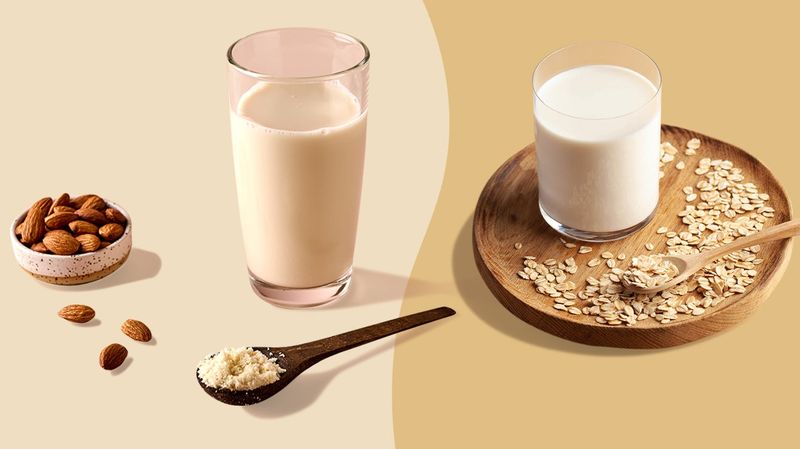
Oat milk’s carbohydrate content might catch you off guard. Unlike almond or coconut milk, oat milk is significantly higher in carbs. For those who are counting carbs or monitoring blood sugar levels, this can be a concern. Surprisingly, a single serving can contain twice the carbs of other milk alternatives. This makes it less suitable for low-carb diets or for those managing diabetes.
While its creamy texture is appealing, the higher carb content might lead to dietary challenges. It’s essential to weigh these factors when choosing oat milk. Keep an eye on your overall carbohydrate intake if oat milk is your go-to drink.
2. Can Spike Blood Sugar (Especially Unfortified Versions)
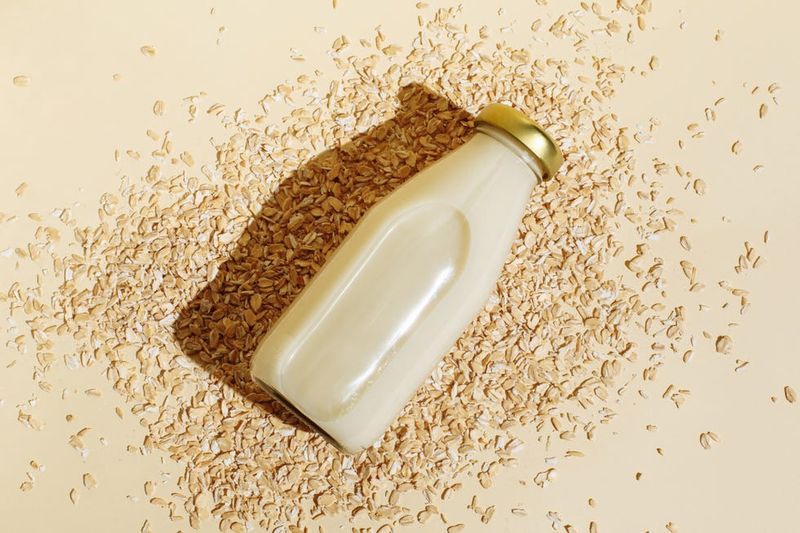
Not all oat milks are created equal, and unfortified versions might affect your blood sugar levels. Lack of fiber and protein means the natural sugars can lead to spikes, particularly in unfortified varieties. For those sensitive to blood sugar fluctuations, this could be problematic.
Choosing fortified versions might mitigate this issue, but it’s essential to read labels carefully. The absence of stabilizing nutrients can transform a seemingly healthy choice into a dietary pitfall. It’s a reminder that not all milk alternatives are as benign as they appear.
3. Often Contains Added Oils
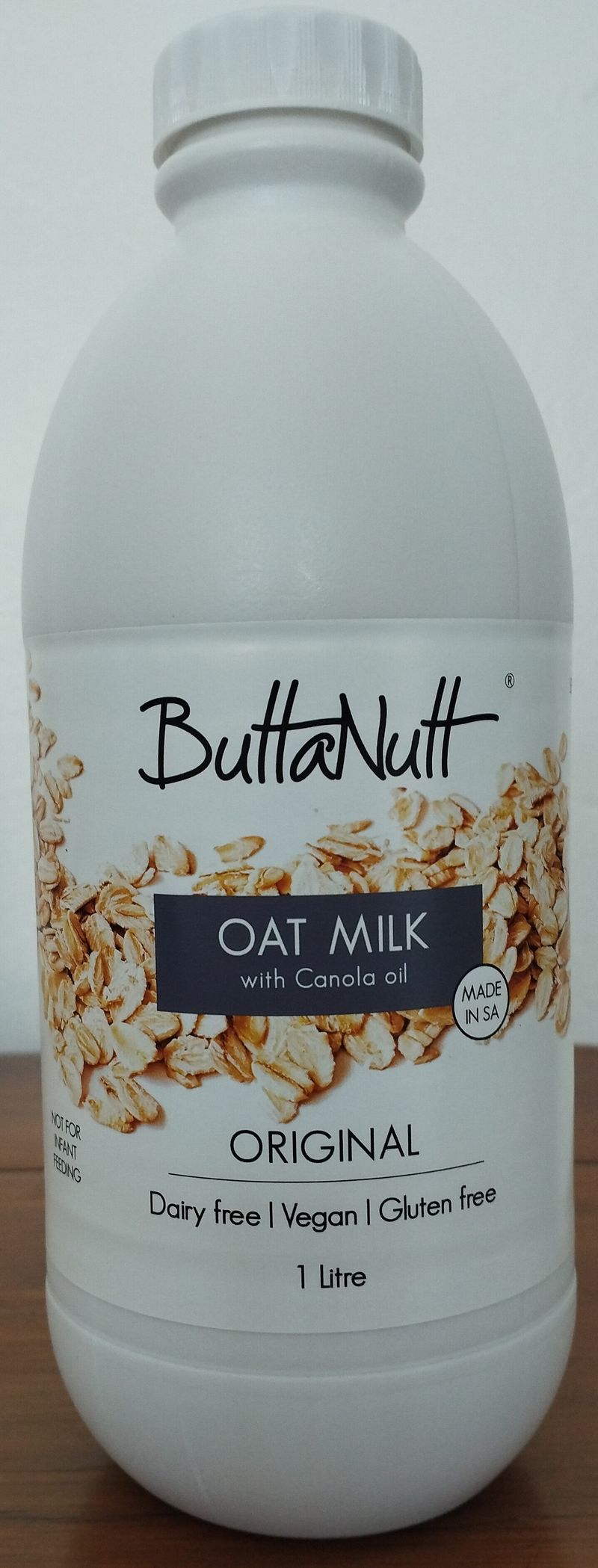
Many oat milk brands add oils to enhance creaminess, which might be something you didn’t expect. Canola or sunflower oil is often used, increasing omega-6 fat intake. While omega-6 is essential in moderation, the modern diet usually provides plenty, if not too much.
This addition can tip the balance, making oat milk less desirable for those looking to manage their fat intake. It’s a detail that might surprise health-conscious consumers aiming for a balanced omega-3 to omega-6 ratio. Always check ingredient lists to make an informed choice.
4. Some Versions Are Ultra-Processed
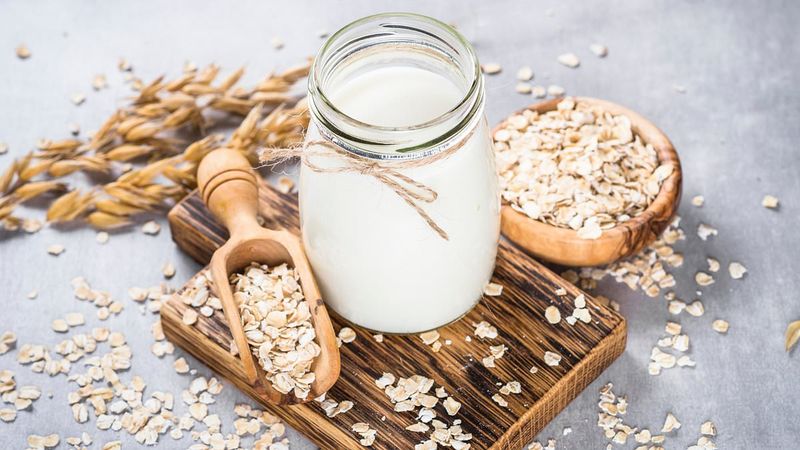
You might be surprised to learn that not all oat milks are as natural as they seem. Many are ultra-processed, containing gums, stabilizers, and emulsifiers. These additives can make oat milk a less appealing choice for those seeking whole-food options.
The convenience of store-bought oat milk comes with the trade-off of added ingredients. For health-conscious consumers, this processing might be a deal-breaker. It’s essential to differentiate between brands and opt for those with minimal processing if purity is a priority.
5. Not Always Gluten-Free
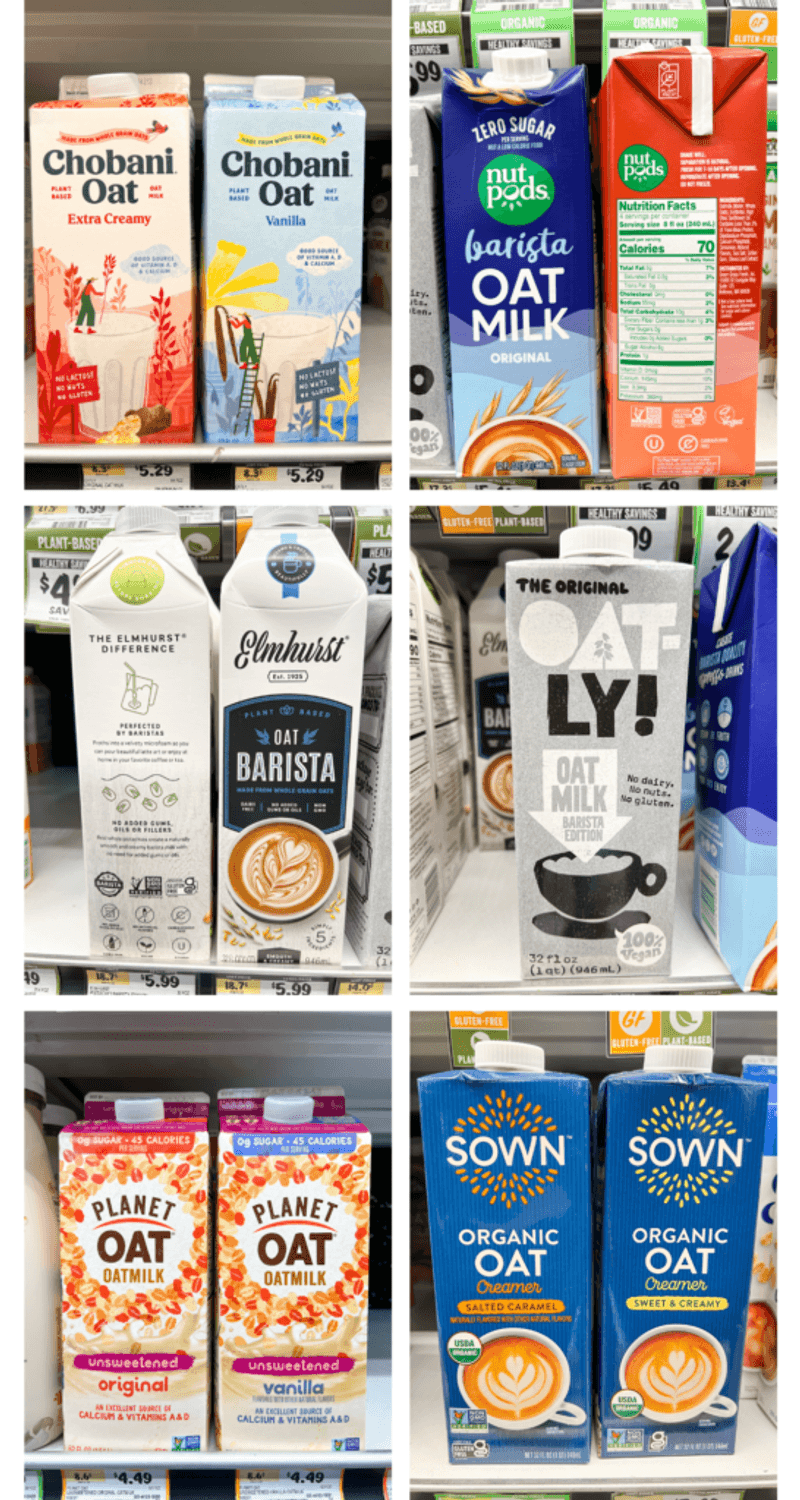
If you’re assuming all oat milk is gluten-free, that’s a misconception. Cross-contamination during processing can lead to traces of gluten unless it’s certified gluten-free. For those with Celiac disease or a gluten sensitivity, this can be a hidden concern.
Certification ensures that your oat milk is safe from gluten, but it requires vigilance. Without the gluten-free label, you might inadvertently consume something that triggers a reaction. It’s a reminder to check labels diligently if gluten is a dietary concern.
6. Lower in Protein Than Dairy or Soy Milk
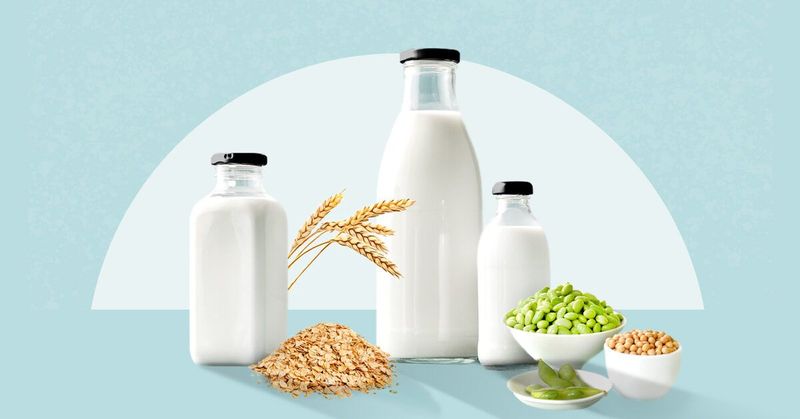
The protein content in oat milk might not meet expectations. With only 2-4 grams per cup, it pales in comparison to cow’s or soy milk, which offer around 8 grams. For those relying on milk alternatives for protein, this can be a significant shortfall.
While it serves other purposes, oat milk may not be ideal for those needing higher protein intake. Whether for muscle maintenance or satiety, protein matters, and oat milk falls short in this aspect. It’s a factor to consider when selecting a milk substitute.
7. May Contain Added Sugars
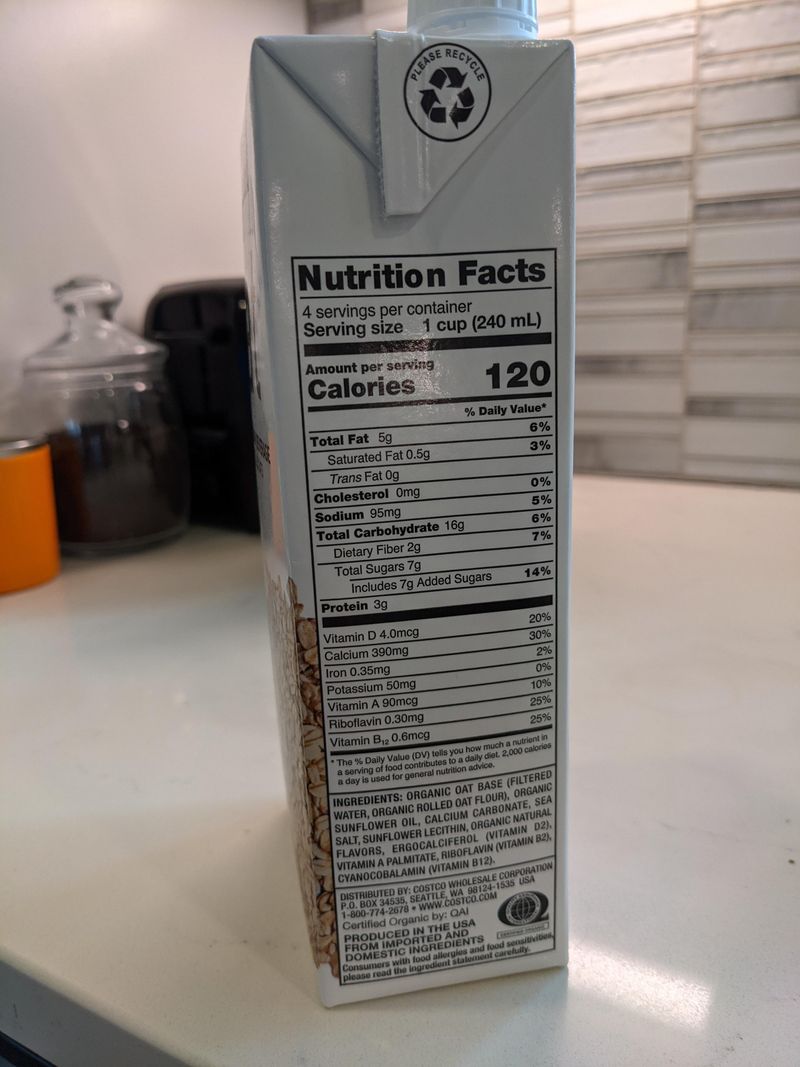
The sweet taste of oat milk can be deceiving, especially if it contains added sugars. Flavored or sweetened versions often pack more sugar than expected, sometimes exceeding 7 grams per cup. For those avoiding excess sugar, this can be a hidden pitfall.
Checking the label is crucial to avoid unintended sugar intake. It’s a reminder that not all oat milks are created equal, and some might not align with your dietary goals. Awareness of sugar content can help maintain a balanced diet.
8. Environmental Impact Isn’t As Low As You Think

Oat milk is often touted for its environmental benefits, yet its impact might not be as minimal as believed. While better than almonds in water use, commercial oat crops often require significant pesticide application unless organic.
This impact may surprise those considering oat milk an eco-friendly choice. The environmental cost of production should be weighed alongside other factors, especially for the environmentally conscious. Opting for organic can mitigate some concerns but might come at a higher price.
9. Fortification Isn’t Always Consistent
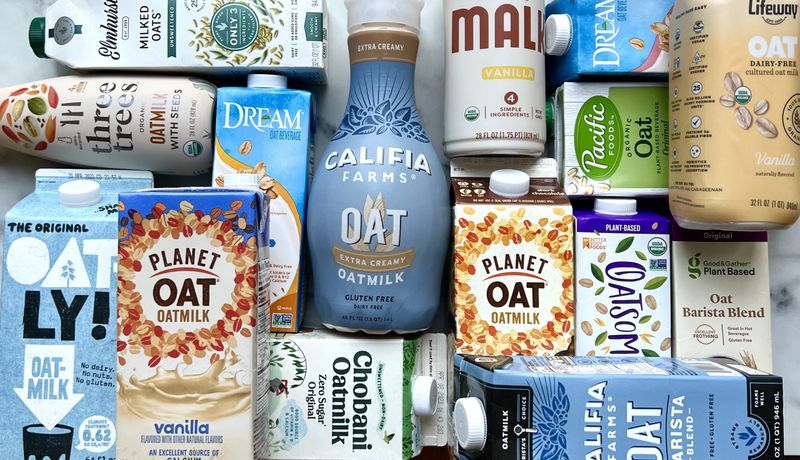
The nutrient content of oat milk isn’t always consistent across brands. Unlike dairy, oat milk doesn’t naturally contain calcium, vitamin D, or B12. These nutrients are often added during processing, but not uniformly.
This inconsistency can lead to gaps in nutrient intake if oat milk is a primary dairy replacement. Checking labels for fortification ensures you’re not missing out on essential vitamins. It’s an important consideration for those relying on oat milk as a staple in their diet.
10. Can Be Pricey
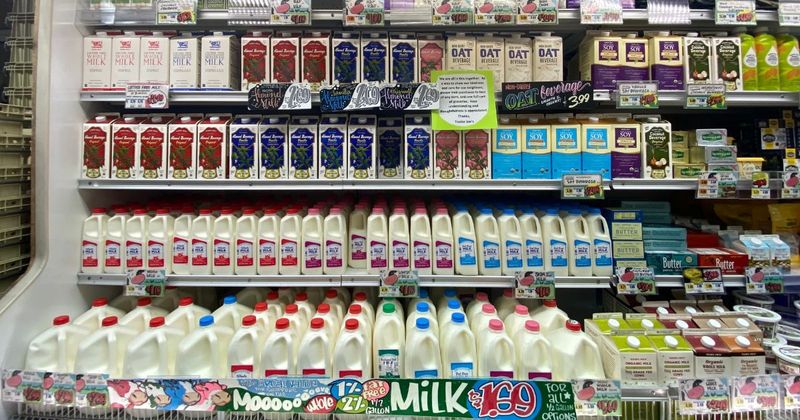
The cost of oat milk might deter budget-conscious shoppers. Often priced higher than traditional dairy or other plant-based options, it can strain the grocery budget. This is particularly true for barista or organic versions, which carry a premium.
Homemade oat milk might seem a cheaper solution, but time and ingredient costs often negate savings. For those needing to watch expenses, oat milk can be less accessible. Balancing cost with dietary preferences can be a challenge for many consumers.
